How to Plan a Trip to Antarctica for Beginners
Antarctica, the land of ice and wonder, is a destination that few people ever think of visiting. But for those adventurous enough to take the plunge, it’s a once-in-a-lifetime opportunity to experience pristine landscapes, incredible wildlife, and breathtaking vistas. As someone who's always wanted to see the world’s southernmost continent, I decided to research how to plan a trip to Antarctica for beginners, and now I’m sharing everything I learned to help you embark on your own Antarctic adventure.
1. Why Visit Antarctica?
Before we dive into how to plan a trip to Antarctica, let’s talk about why this frozen continent should be on your bucket list. Antarctica is unlike any other place on Earth. It's home to majestic glaciers, vast ice shelves, and incredible wildlife, including penguins, seals, and whales. As one of the most remote destinations on the planet, it offers an experience that is both unique and unforgettable. The solitude, the stillness, and the beauty of the land make it a paradise for those who appreciate nature’s raw power.
1.1 The Appeal of Untouched Wilderness
During my research, I found that many people are drawn to Antarctica for its untouched wilderness. It’s a place where human impact has been kept to a minimum, making it one of the last truly wild places on Earth. If you’re someone who enjoys a challenge and the idea of seeing a part of the world that very few people will ever visit, then Antarctica is the perfect destination.
2. Best Time to Visit Antarctica
One of the most common questions I had when planning my trip to Antarctica was when is the best time to go? The answer depends on the type of experience you want to have. The Antarctic tourism season generally runs from November to March, during the Southern Hemisphere's summer months. This period offers the most favorable weather conditions, including less ice and milder temperatures, which makes it easier to explore the region.
2.1 Visiting During the Summer Season
If you want to experience the Antarctic wildlife at its peak, I recommend visiting between December and February. During this time, the penguin colonies are in full swing, and the ice is thinner, making it easier to access the Antarctic Peninsula. I personally visited during this period, and the weather was surprisingly pleasant for a place that is often associated with extreme cold. The long daylight hours also provide more time to explore and take in the incredible scenery.
2.2 Off-Season Considerations
While the summer season is the most popular time to visit, there are some adventurous travelers who visit in the shoulder months of October and March. Although the weather can be colder and conditions can be harsher, you’ll have the opportunity to experience Antarctica in a more peaceful state, with fewer tourists around.
3. Planning Your Antarctica Tour
For beginners, it’s important to understand that there are no hotels or resorts in Antarctica. Instead, the best way to visit the continent is by taking an organized tour. These tours are usually conducted by specialized expedition companies that provide everything you need for the journey—from transportation to gear. My first step in planning my trip was to find the right tour operator.
3.1 Choosing the Right Expedition Company
There are several reputable expedition companies that offer tours to Antarctica, such as Quark Expeditions and Hurtigruten. It’s important to choose a company with experience and a solid reputation. I recommend reading reviews, checking for certifications, and verifying that the company adheres to strict environmental standards to protect the delicate ecosystem of Antarctica.
3.2 Cruise Options
Most trips to Antarctica are conducted by small expedition cruises, which typically leave from Ushuaia, Argentina. These cruises take you along the Antarctic Peninsula, with stops at several research stations, penguin colonies, and ice shelves. I personally found the cruise option to be the best way to explore Antarctica because it provides a comfortable and safe base while allowing you to enjoy excursions and on-land activities.
4. Essential Gear and Packing Tips
Since Antarctica is one of the most extreme environments on Earth, packing the right gear is crucial. I quickly learned that layering is key to staying comfortable, as temperatures can vary significantly depending on the weather and your location on the continent. In addition to warm clothing, you'll also need specialized gear, such as waterproof boots, gloves, and a good camera to capture the stunning landscapes.
4.1 What to Wear for Comfort
During my trip, I found that wearing multiple layers worked best. A moisture-wicking base layer, an insulating middle layer, and a waterproof outer layer helped keep me warm and dry. Be sure to bring a pair of sturdy boots for hiking and waterproof gloves to protect your hands from the cold. A good pair of sunglasses with UV protection is also essential due to the strong sun reflecting off the ice.
4.2 Packing for the Cruise
Since most people travel to Antarctica by cruise, it’s also important to consider what you'll need for the ship. Many expedition cruises have onboard equipment like snowshoes, life vests, and waterproof jackets, but I recommend bringing your own comfortable, durable clothing for the cruise itself. Don’t forget about your personal items like toiletries and any medications you may need.
5. Health and Safety Precautions
One of the biggest concerns for beginners planning a trip to Antarctica is health and safety. While Antarctica is generally a safe place to visit, the extreme conditions require preparation. It's essential to make sure you’re physically fit for the journey, as the trip can be physically demanding, especially when participating in excursions like hiking and kayaking.
5.1 Travel Insurance
I highly recommend purchasing comprehensive travel insurance that covers medical emergencies, trip cancellations, and evacuation. Given the remote location, medical facilities on the continent are limited, and being prepared for unexpected events is important. Many tour operators offer insurance packages, and I found it reassuring to have that extra layer of protection.
5.2 Vaccinations and Health Check
Before embarking on my trip, I made sure to check with my healthcare provider about any recommended vaccinations for traveling to Antarctica. While there are no specific vaccinations required for the region, it's always a good idea to be up-to-date on routine vaccinations like tetanus and influenza. I also made sure to carry any necessary medications in case of illness.
6. Conclusion: Begin Your Antarctic Adventure
Planning a trip to Antarctica as a beginner might seem intimidating at first, but with the right preparation and guidance, it can be an incredibly rewarding experience. From choosing the right tour operator to packing the necessary gear and ensuring your health and safety, every step of the planning process is crucial to making your trip a success. The beauty and tranquility of Antarctica await, and I can’t wait for you to experience it just as I did!

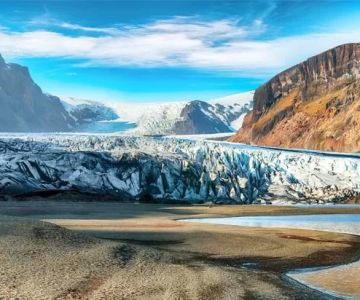


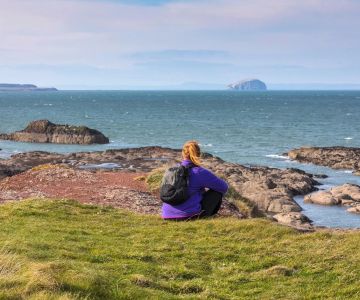
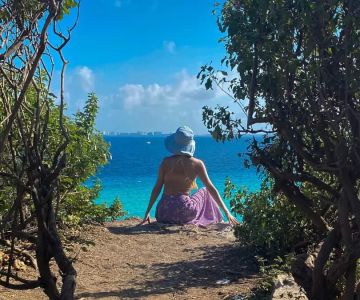

 Coney Island Boardwalk Garden4.0 (75 reviews)
Coney Island Boardwalk Garden4.0 (75 reviews) The William Hotel Midtown, Sonder4.0 (555 reviews)
The William Hotel Midtown, Sonder4.0 (555 reviews) Shepard Lake Recreation Area0.0 (0 reviews)
Shepard Lake Recreation Area0.0 (0 reviews) Stairway To Heaven4.0 (185 reviews)
Stairway To Heaven4.0 (185 reviews) Howard Bennett Playground4.0 (152 reviews)
Howard Bennett Playground4.0 (152 reviews) Isle of Meadows4.0 (10 reviews)
Isle of Meadows4.0 (10 reviews) Top Group Travel Destinations in Europe: Best Places for Group Vacations
Top Group Travel Destinations in Europe: Best Places for Group Vacations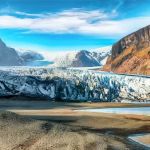 Best Travel Clans for Sustainable Travel
Best Travel Clans for Sustainable Travel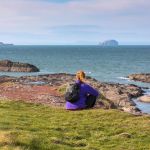 How to Get Involved in Travel Clans for Social Travel: Explore Group Travel Opportunities
How to Get Involved in Travel Clans for Social Travel: Explore Group Travel Opportunities Best Group Vacation Destinations for Friends: Ultimate Travel Ideas
Best Group Vacation Destinations for Friends: Ultimate Travel Ideas Travel Clans for Solo Travelers Looking for Company: Join Unique Travel Communities
Travel Clans for Solo Travelers Looking for Company: Join Unique Travel Communities Best Travel Clans for Women Traveling Together
Best Travel Clans for Women Traveling Together